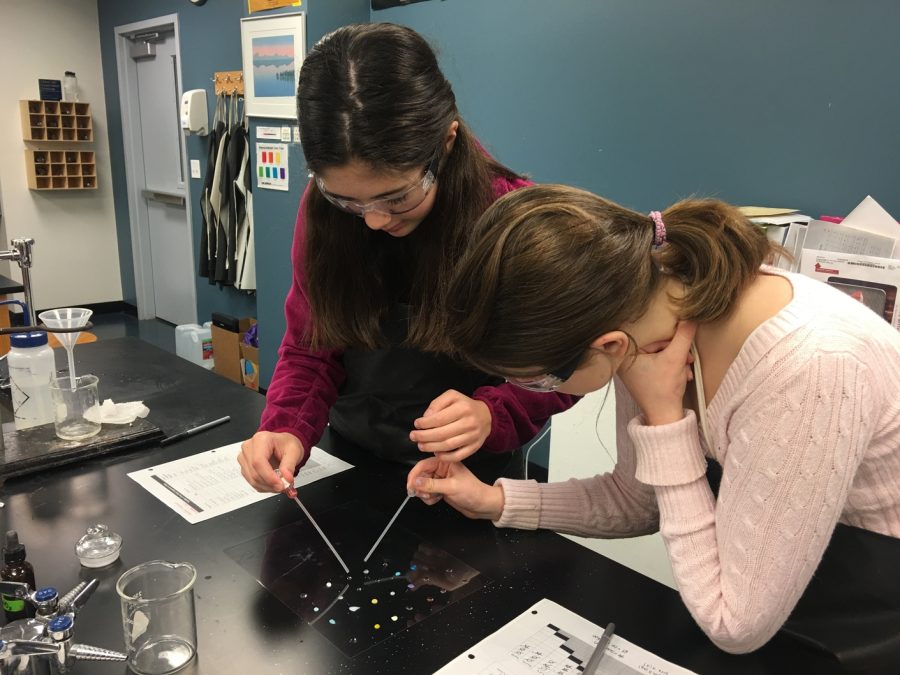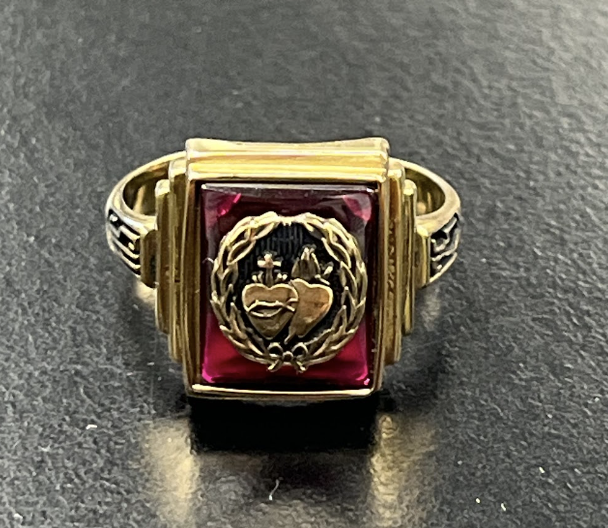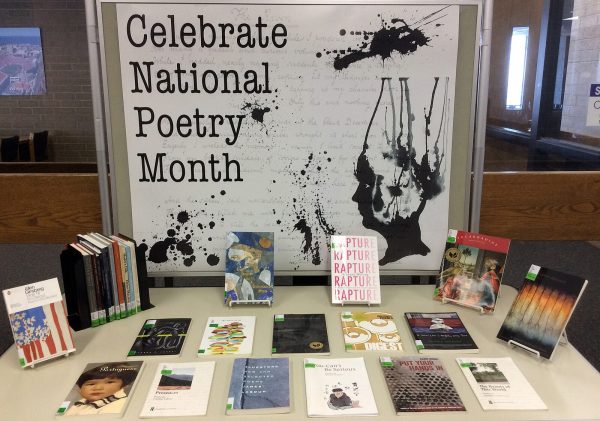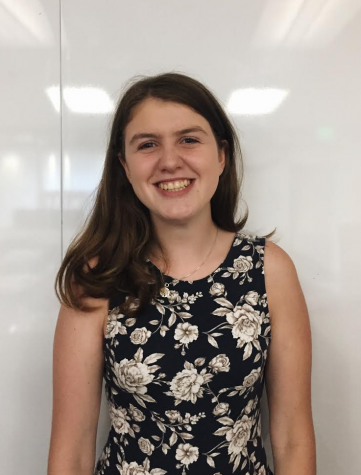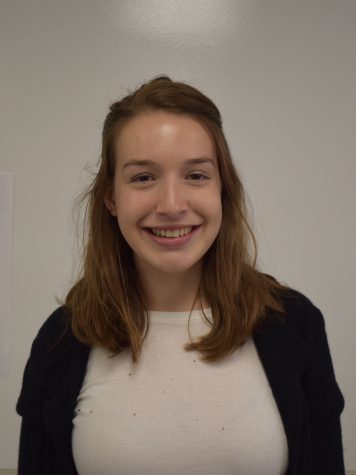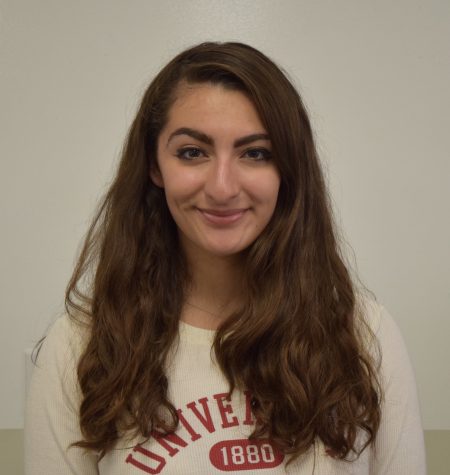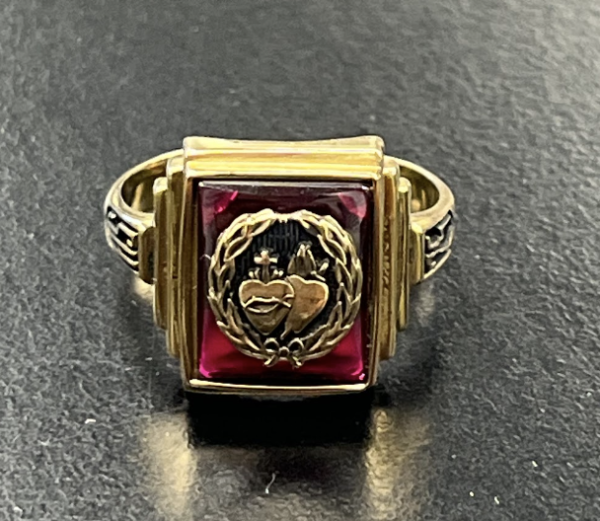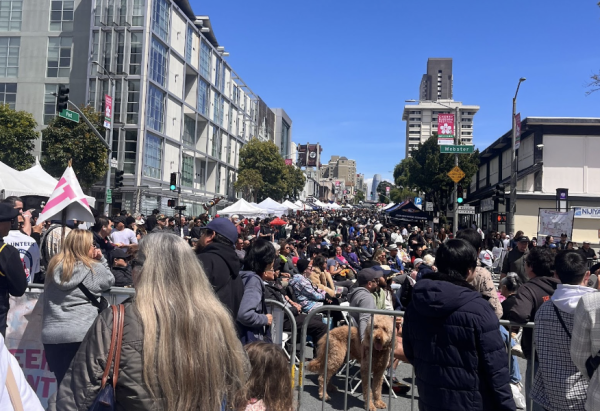Lab allows deeper understanding of material
Sophomores Josie Rozzelle and Cassie Eskicioglu combine solutions to identify whether they form soluble or insoluble reactions in the Chem lab. The students learned about different types of reactions in class the day before.
November 16, 2016
Sophomore chemistry classes conducted a lab today to experiment with double displacement reactions, by mixing two compounds and then concluding whether each was soluble or insoluble after the reaction had taken place.
Labs allow students to physically experiment and learn about the material first hand, according to sophomore Riley Kramer.
“Our lab showed that there were a few more soluble reactions than insoluble reactions,” sophomore Sophie Egan said. “This could be due to the solutions that we were using to mix.”
The goal of the lab was for students to have a visual, interactive representation of material presented in class, according to chemistry teacher Roderick Mobley.
“I wanted the students to get to see first hand how solids form and what I mean by precipitation reactions,” Mobley said. “Having them do a lab breaks up the monotony of taking notes.”
This lab was important for students to process and understand the material that was taught to them the day before in class, according to Kramer.
“I am a visual learner, [so] physically mixing the solutions allowed me to experience and witness the reaction taking place and helped me further my understanding on the material that was taught earlier in class,” Egan said.



